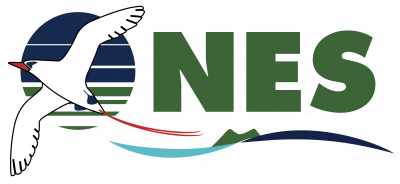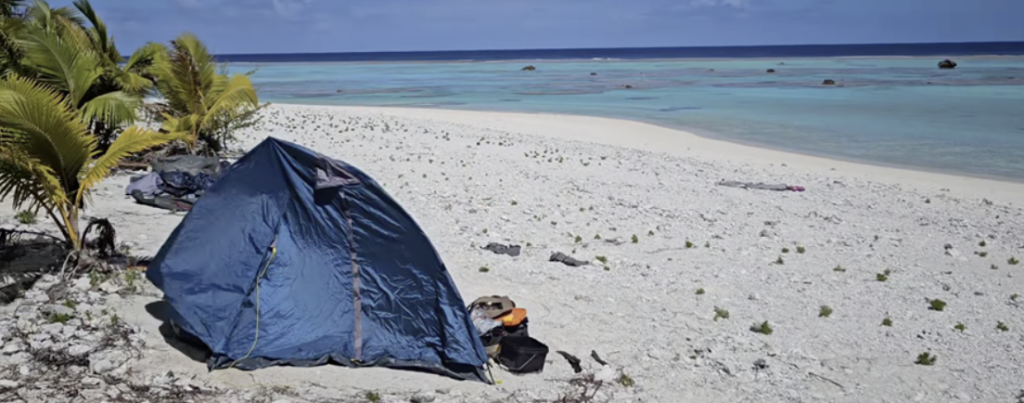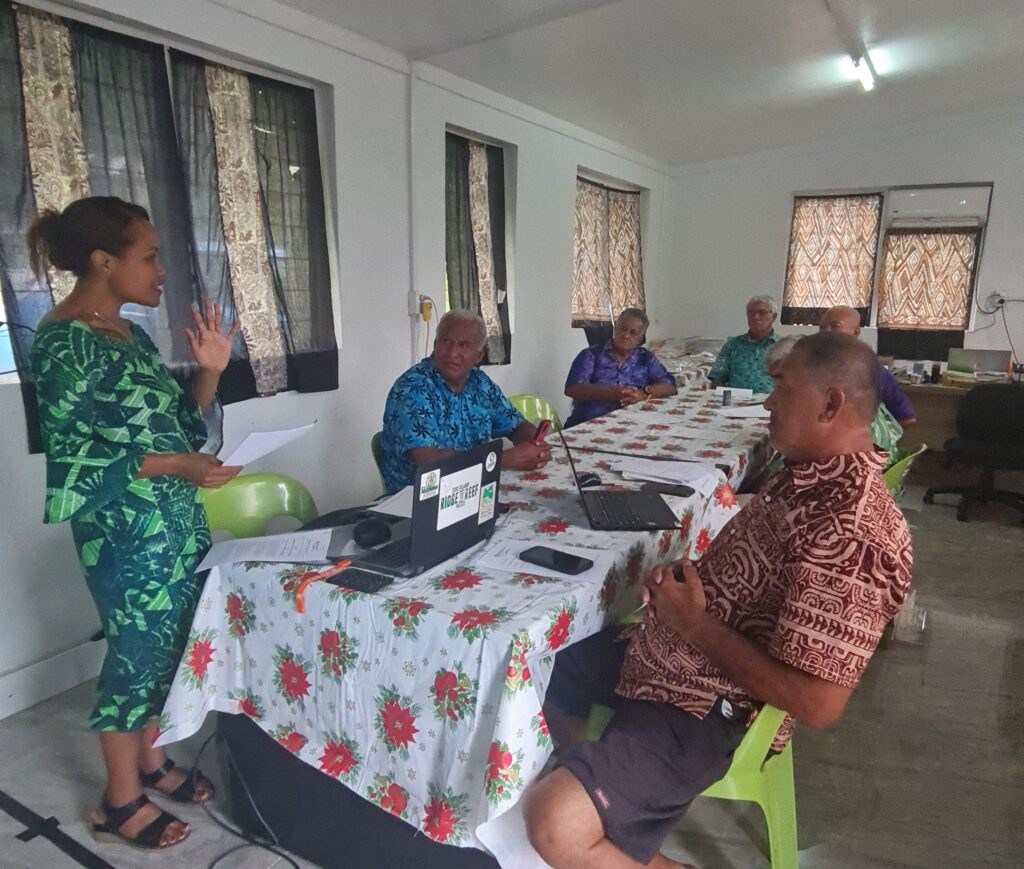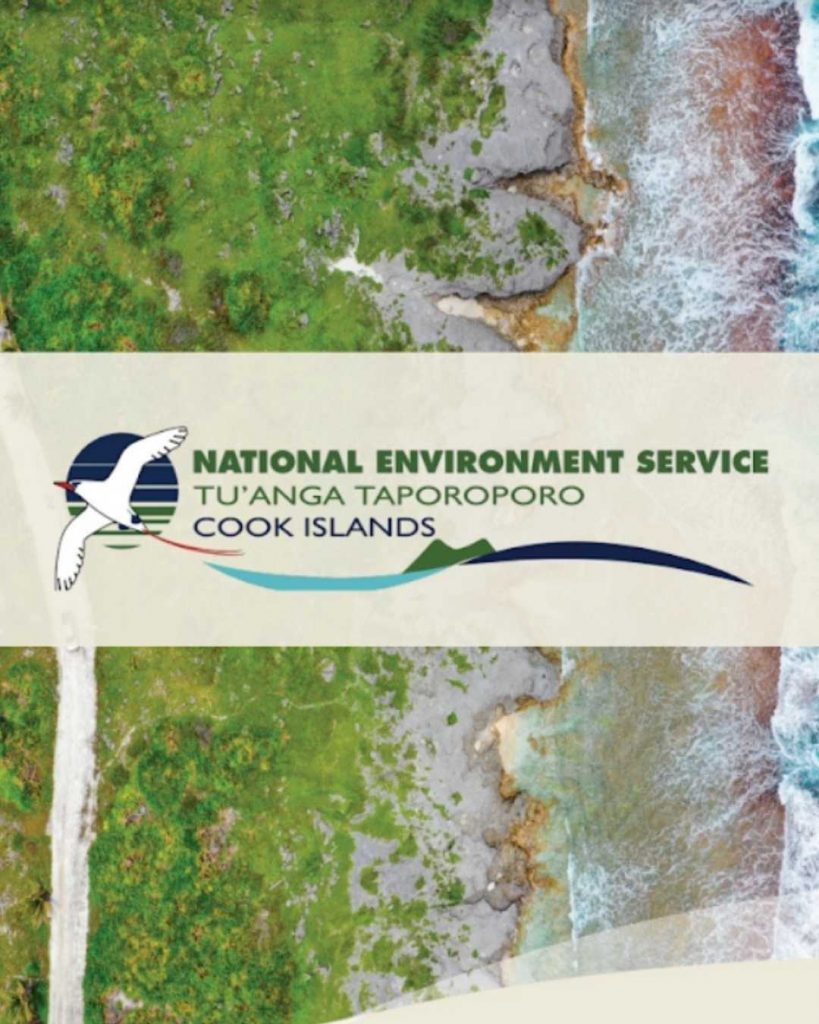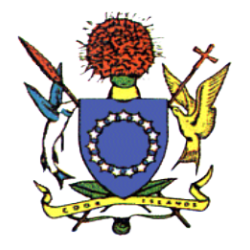NES GEF7 Project Officer Fred Nicholas joined an expedition led by the Manuae Enua Conservation Trust (MECT) last month. This journey brought together a diverse research team, including experts from the University of Auckland (AUT) and Plant & Food Research, for an immersive conservation effort on the remote and stunning uninhabited island of Manuae. The original plan was for the expedition team to head straight to Manuae; however, the weather had other plans! With uncooperative conditions, the group spent their first week on Aitutaki carrying out important ecological and lagoon health surveys across several motus (islets). These surveys also included monitoring seabird populations, providing valuable data for ongoing conservation efforts in the country and the region.
On Monday 14th October, the weather finally took a favorable turn and the team set out for Manuae aboard two boats provided by the Ministry of Marine Resources (MMR) and local diving company Bubbles Below Aitutaki. The journey to the remote island,though thrilling, was also challenging—after battling six hours of rough seas, the team finally arrived at Manuae just after 4:00 p.m. Despite the long day, the group wasted no time, quickly setting up camp for their three-night stay.
Manuae Island is one of the Cook Islands’ most pristine environments, known for its important biodiversity. During their stay, the team conducted surveys on both motus and the surrounding lagoon. They examined the ecological health of the area, assessing the condition of the reefs, lagoon and seabird populations. The data gathered during this trip is crucial for guiding future conservation strategies and maintaining the ecological integrity of the island. In addition to their scientific work, the team also explored remnants of human activity on Manuae, including a now-abandoned copra station, an old airstrip, and even a tennis court, a fascinating glimpse into the island’s past.
The collaboration between MECT, NES’ GEF-7 Project ENUA, MMR, the University of Auckland, and Plant & Food Research highlights the strength of teamwork in achieving long-term environmental goals. This expedition not only advanced the understanding of Manuae’s key ecosystems but also strengthened bonds between research institutions, local communities and government agencies for ongoing collaborative conservation planning.
As efforts continue, the importance of protecting islands like Manuae remains central to the conservation goals of the Cook Islands, ensuring that these natural treasures endure for generations to come.
